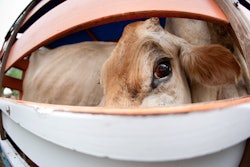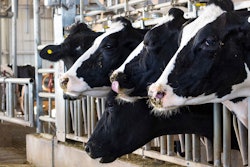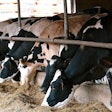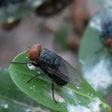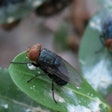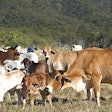
Kansas Animal Health Commissioner Dr. Justin Smith said producers are very concerned that the H5N1 virus that has infected several dairy herds in the state might begin to effect beef herds.
Smith was one of several animal health experts to speak about the spread of the virus during a roundtable discussion on April 9 at the National Institute of Animal Agriculture (NIAA) Annual Conference.
The present H5N1 outbreak in North America began in December 2021 when the presence of the virus was found at an exhibition farm in eastern Canada. Since that time, it has gone on to infect hundreds of commercial and backyard poultry flocks, wild birds, and carnivorous mammals that appeared to have eaten infected birds.
But in recent weeks, it has spread into U.S. dairy herds, including three in Kansas. It hasn’t affected any beef breeds yet, or any pig herds, but Smith said that possibility is clearly on people’s minds.
“The cross-species conversation is happening,” Smith said.
“The beef industry is on the phone daily, wanting to know how this is occurring. We all assume a cow is a cow, so how did it happen in the dairy world? That made it special there versus beef?”
He added that there have also been conversations with poultry and pork producers. Smith and other speakers pointed out that the various animal agriculture sectors have actively been communicating with each other, as have agriculture agencies from different states, to make sure that everybody is informed of the situation and potential risks.
To date, 20 dairy herds in the United States have been affected by H5N1, according to the United States Department of Agriculture (USDA) Animal and Plant Health Inspection Service (APHIS). Texas has had the most confirmed cases with nine herds affected, followed by New Mexico with four, Kansas with three and Michigan with two. Ohio and Idaho have each had one herd affected.


